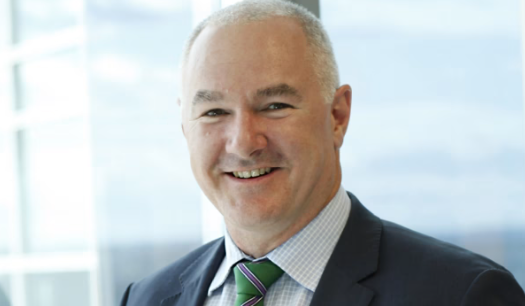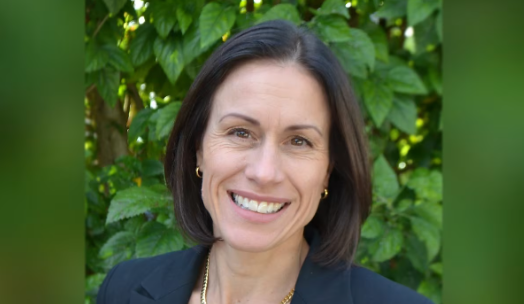While an increasing number of Australians could find themselves in ‘mortgage prison’, chief executive at Finni Mortgages said it’s important to shift the mindset.
Despite the Reserve Bank of Australia (RBA) breaking its 10 consecutive rate hike streak in April, the chances of more hikes to come appear imminent.
During an address at the National Press Club on Wednesday (5 April), RBA governor Philip Lowe said: “The decision to hold rates steady this month does not imply that interest rate increases are over”.
Given the rapid increases, recent data from the Australian Bureau of Statistics (RBA) showed total housing refinances reached $19.9 billion (up 2.7 per cent), marking a 22.6 per cent increase compared to a year ago.
In addition, data from Aussie Home Loans, from a source of 1,500 mortgage holders, found almost half of NSW mortgage holders had refinanced since January, marking a total of $422.53 million refinanced, followed by 22.75 per cent of Queenslanders and 19.5 per cent of Victorians.
Speaking on Momentum Media’s Property Finance Uncut, Finni Mortgages CEO Paul Glossop said borrowers have got to look after their home loan first before they look after anything else.
He said that given a home mortgage is often someone’s biggest debt, it was also their biggest opportunity to shave off some repayments.
“The differences of one bank versus another, or you staying with your existing lender, it is enormous the amount of money that’s on the table for most people,” Mr Glossop said.
“If your home has a circuit value of a million dollars in your debt and that actual value is sub $700,000, hence sub 70 per cent loan to value ratio, you’re going to be pretty attractive to most banks as long as your serviceability is there.”
However, with 800,000 fixed-rate mortgages expected to expire this year, there are fears more Australians could find themselves in ‘mortgage prison’ with higher difficulty securing a new loan or successfully refinancing an existing one.
Mr Glossop said with ‘more or less’ every single one of those fixed to variable debts going up, now was the time to “sharpen the pencil” and talk to your broker.
Mr Glossop said: “If you haven’t actually looked under the hood to say, ‘Hang on, what did my rate actually revert back to?’
“This is the opportunity to actually get in touch with your broker.”
He added, people’s mindset needed to change during this more challenging time.
“If you’re thinking about a mortgage as a set of handcuffs or till death or whatever the definition you expect it to be … I think you’ve got your mindset wrong,” Mr Glossop said.
“A mortgage for me is always an enabler.”
Property prices add fuel to borrower concerns
Despite March property prices increasing, the repercussions of 10 consecutive price falls alongside the rising cost of debt have fueled concerns for home owners, Mr Glossop said.
“What doubles down their concern is that not only are they considering that the cost of holding the debts they had 12 months ago [has increased]. But the actual asset that they attached to that property too obviously decreased quite significantly in value,” Mr Glossop said.
“We’re probably getting to that point where assets are worth at least 10 per cent less than what they were worth this time last year. And the cost of holding those assets has increased exponentially.”
He said people are “feeling poorer”, which is part of the RBA’s intention to slow spending and curb inflation.
The RBA has argued the 10 consecutive rate hikes were necessary to avoid prolonged high inflation and higher unemployment.
The first increases [in the cash rate] were necessary to withdraw the support provided during the pandemic,” he said.
“And then the more recent increases have been required to move monetary policy into restrictive territory to combat the highest rate of inflation experienced in Australia in more than 30 years,” Mr Glossop said.
“We’re going to have less money that’s going to be free and available every single week and month to do what we want with, which was the intended outcome.”


